Dillisk 40g
Dillisk (Palmaria palmata) 40 Gram Pack
It is commonly found from June to September. When picked, shell pieces and other small particles can be washed off and the plant then spread to dry. Dillisk is commonly used in Ireland, Iceland, Atlantic Canada and the Northeast United States both as food and medicine. It can be found in many health foodstores or fish markets and can be ordered directly from local distributors. In South West Ireland it is eaten dried and uncooked in a manner similar to that in which one would eat snacks at a drinks party. It is also used in cooking.
€4.75
Description
DILLISK (Palmaria palmata)
It is commonly found from June to September. When picked, shell pieces and other small particles can be washed off and the plant then spread to dry. Dillisk is commonly used in Ireland, Iceland, Atlantic Canada and the Northeast United States both as food and medicine. It can be found in many health foodstores or fish markets and can be ordered directly from local distributors. In South West Ireland it is eaten dried and uncooked in a manner similar to that in which one would eat snacks at a drinks party. It is also used in cooking.
Other Names: Dulse, Duileasc, creathnach, sea parsley.
Type: Red algae.
Taste: A slightly salty taste.
Texture: Pleasantly chewy when eaten raw. Smooth and buttery when cooked.
PREPARATION:
To rehydrate: Soak in cold water for up to 10 mins with a little salt. Soaking water can also be used for cooking if passed through a fine mesh strainer.
Salted: Wash salt off thoroughly before use.
Fresh: Rinse thoroughly before use.
COOKING INSTRUCTIONS:
Can be eaten dry fresh (or rehydrated) or cooked. You can bake dry dulse to intensify the flavour. If boiled, do not cook for more than 30 mins.
Goes well with: Dairy products, potatoes, bread, capers, onion, white fish, eggs, rice.
Raw Salads, pickles, slaws, tapenades, dressings.
Boil/steam Soups, stews, compotes, chowders, fish pies, accompaniment to fish.
NUTRITIONAL VALUE:
High in: Fibre, Protein, very high in Iron.
Contains: All essential Amino Acids, Iodine, Calcium, Phosphorus, Potassium, Magnesium, Manganese.
Vitamins: A, C, D and B complex.
Additional information
| Weight | 0.04 kg |
|---|
Only logged in customers who have purchased this product may leave a review.


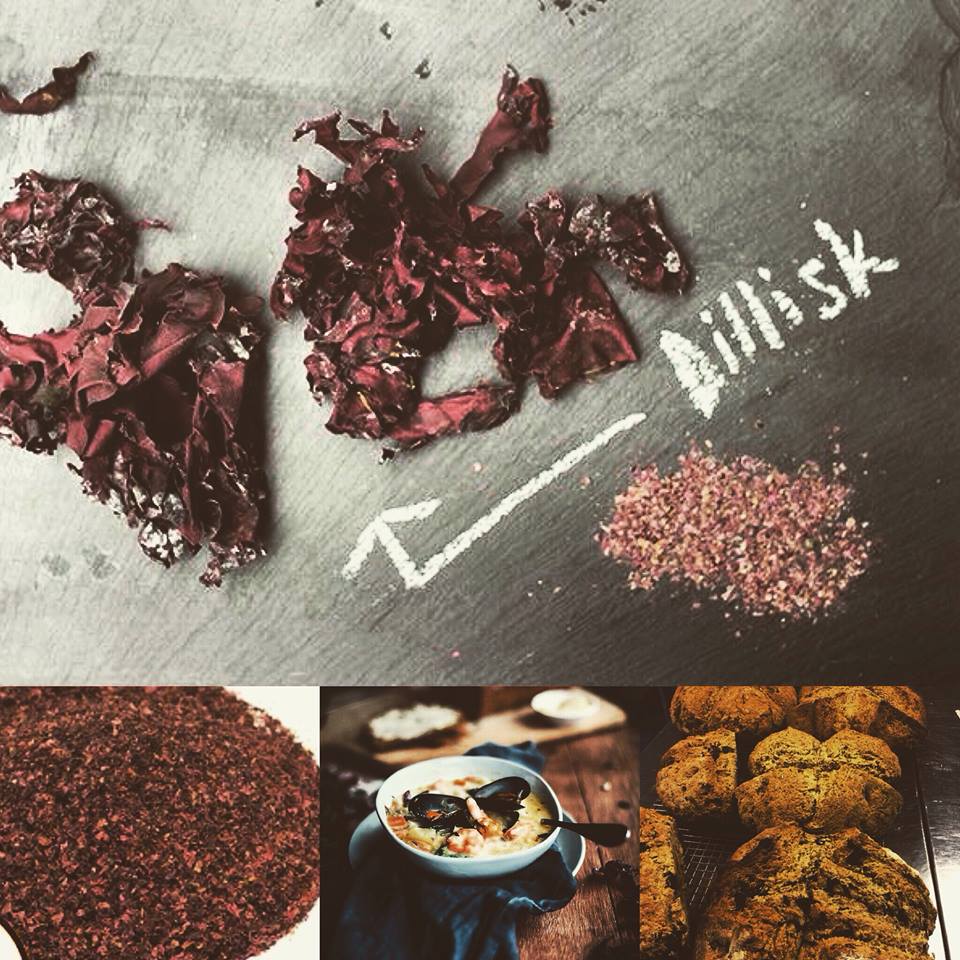
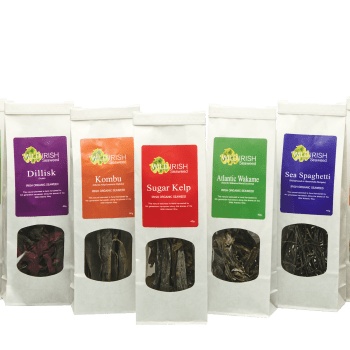

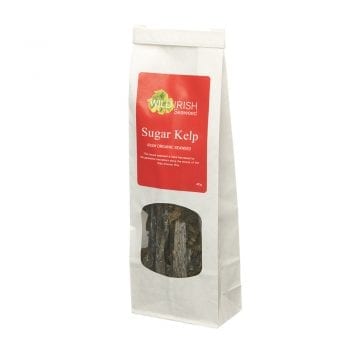
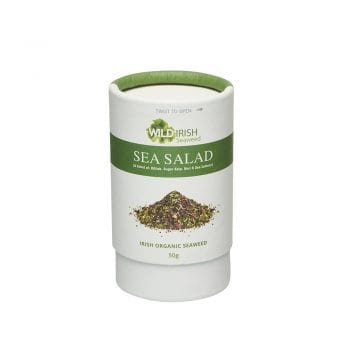
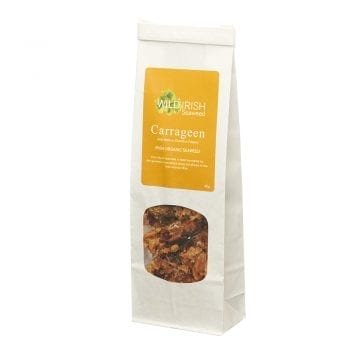
Reviews
There are no reviews yet.